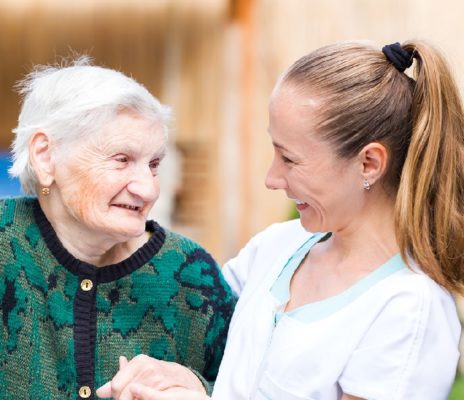Sarcopenia is a condition characterized by loss of skeletal muscle mass and function. Although it is primarily a disease of the elderly, its development may be associated with conditions that are not exclusively seen in older persons.
It is a syndrome characterized by progressive and generalized loss of skeletal muscle mass and strength and it is strictly correlated with physical disability, poor quality of life and death.
Four Factors That Accelerate Muscle Loss
Although aging is the most common cause of sarcopenia, other factors can also trigger an imbalance between muscle anabolism and catabolism.
- Immobility.
Disuse of muscle is one of the strongest triggers of sarcopenia, leading to faster muscle loss and increasing weakness
Bed rest or immobilization after an injury or illness leads to rapid loss of muscle.
Although less dramatic, two to three weeks of decreased walking and other regular activity is also enough to decrease muscle mass and strength .
Periods of decreased activity can become a vicious cycle. Muscle strength decreases, resulting in greater fatigue and making it more difficult to return to normal activity.
- Unbalanced Diet
A diet providing insufficient calories and protein results in weight loss and diminished muscle mass.
Unfortunately, low-calorie and low-protein diets become more common with aging, due to changes in sense of taste, problems with the teeth, gums and swallowing, or increased difficulty shopping and cooking.
- Inflammation
After injury or illness, inflammation sends signals to the body to tear down and then rebuild the damaged groups of cells.
Chronic or long-term diseases can also result in inflammation that disrupts the normal balance of teardown and healing, resulting in muscle loss.
- Severe Stress
Sarcopenia is also more common in a number of other health conditions that increase stress on the body.
For example, people with chronic liver disease, and up to 20% of people with chronic heart failure, experience sarcopenia.
Prevention
Since Sarcopenia isn’t directly attributed to any single factor, there’s no guarantee that a person will be able to prevent it. But that doesn’t mean all is lost! As with most diseases, an ounce of prevention is worth a pound of cure.
Being active is a huge component of success here. The earlier a person gets into the habit of exercising, the better off they’ll be. It’s about doing things like resistance training, being active, and getting sufficient nutrients that will play the biggest role in preventing Sarcopenia.



